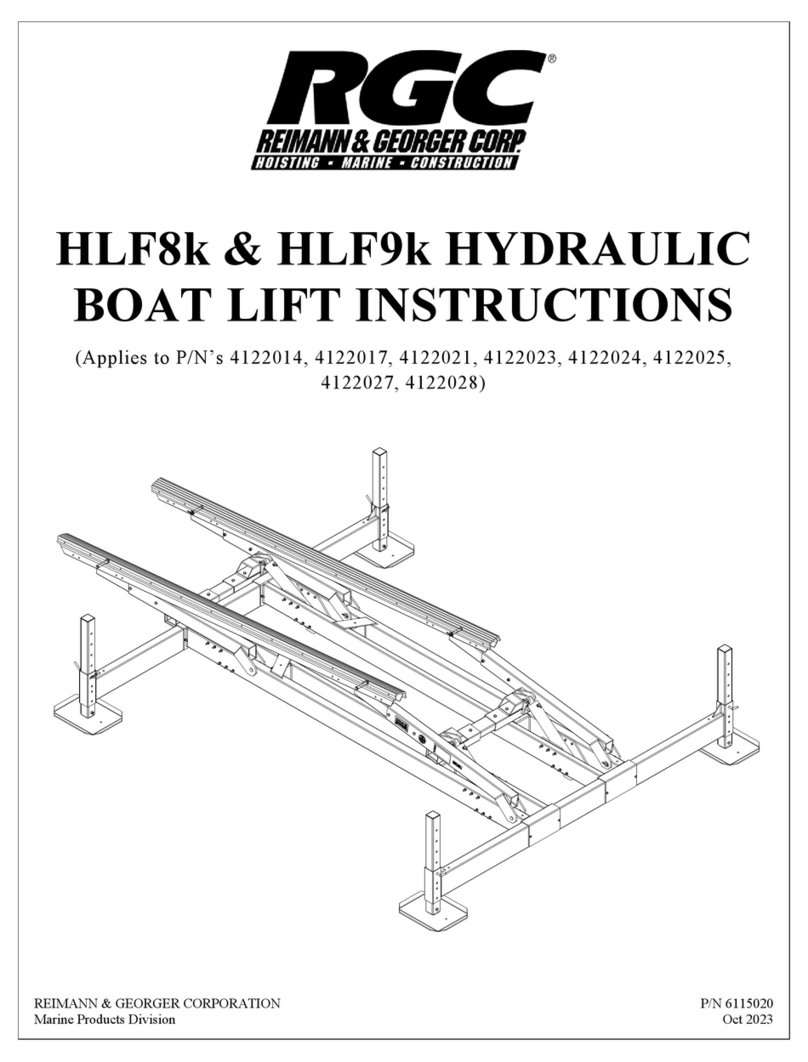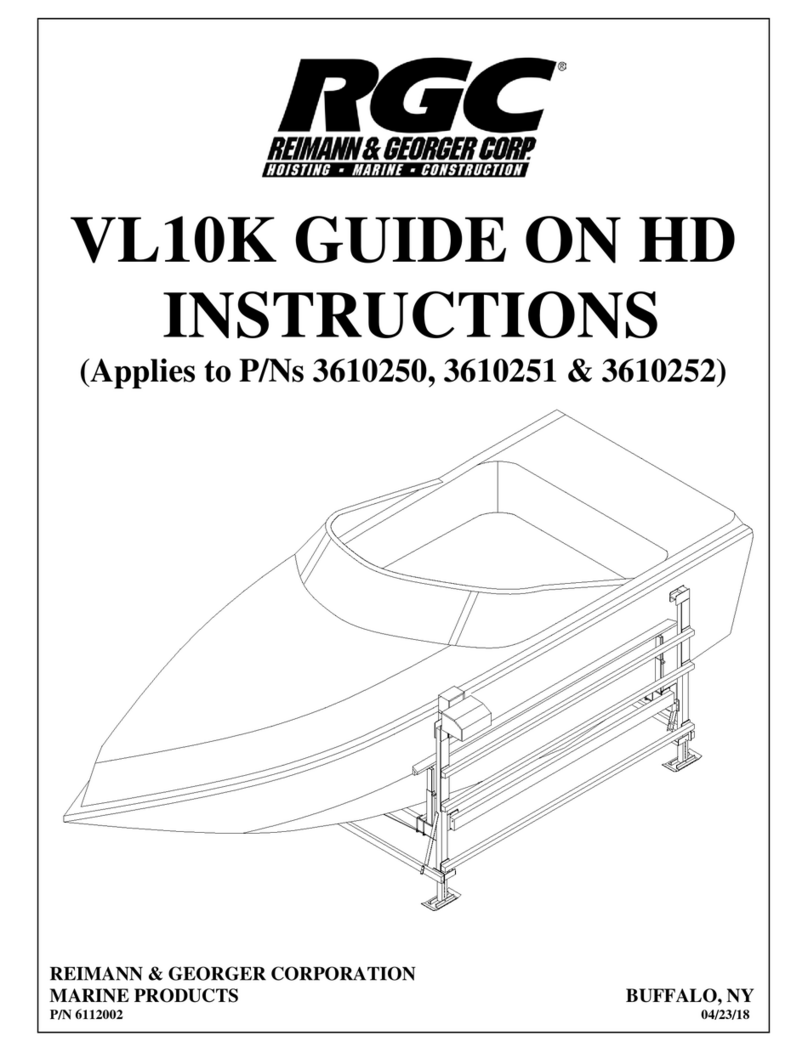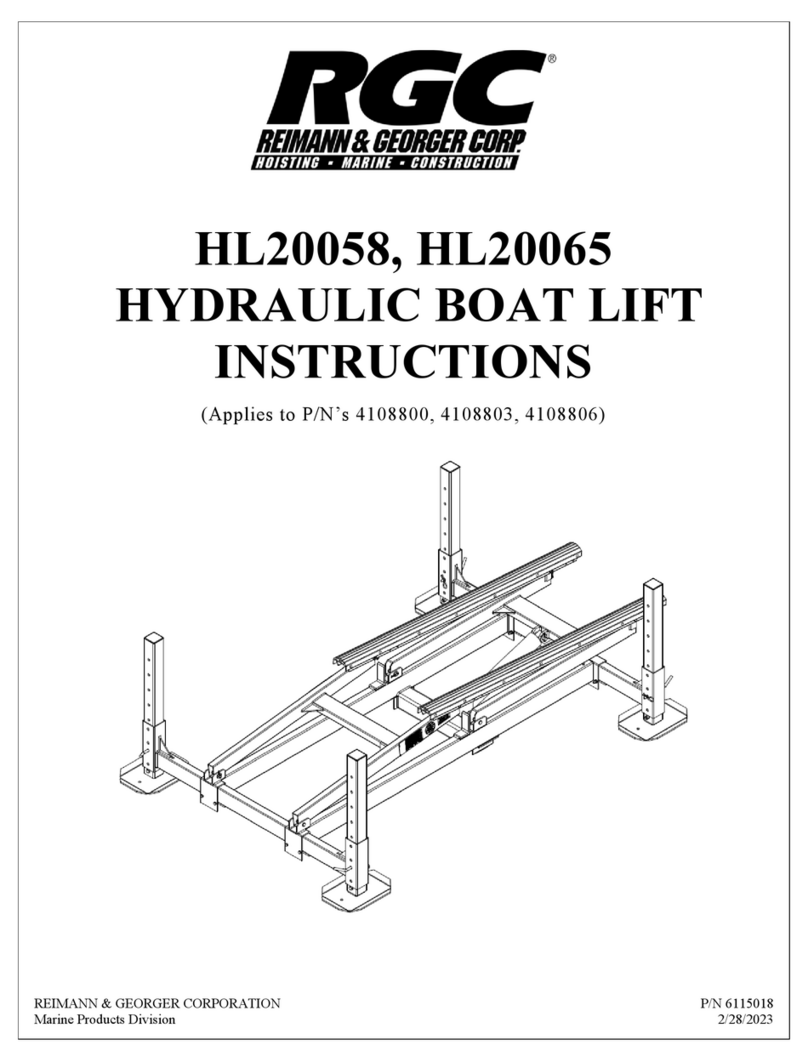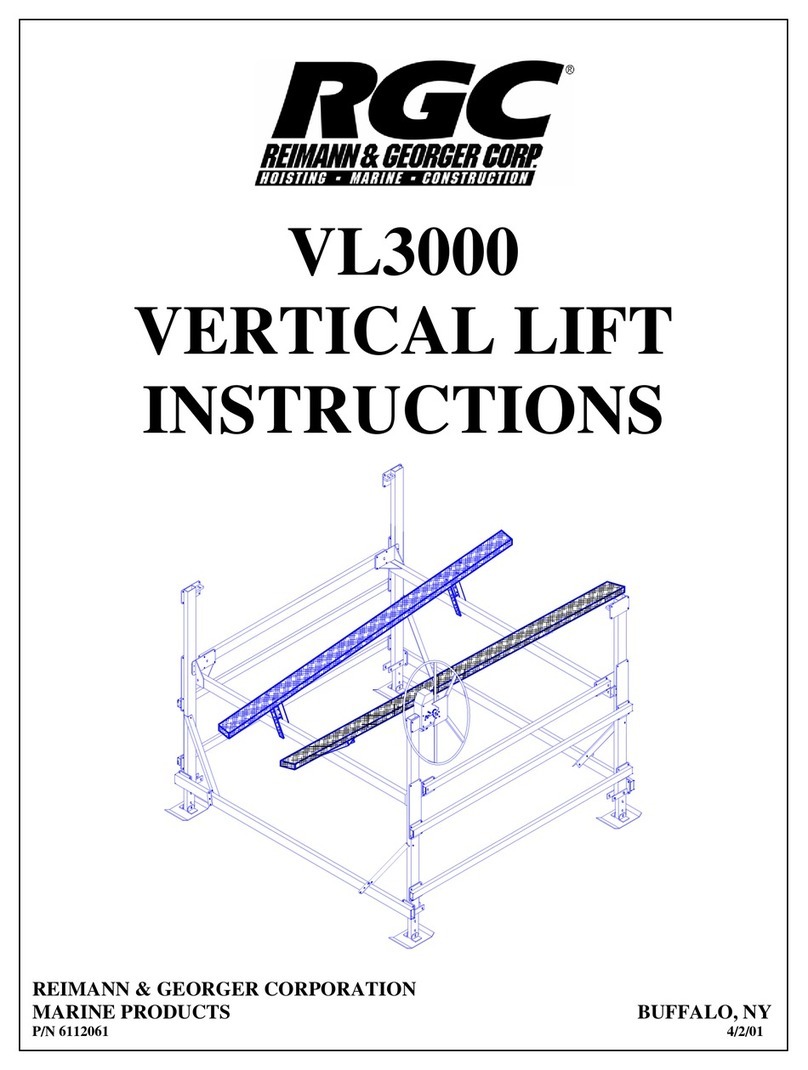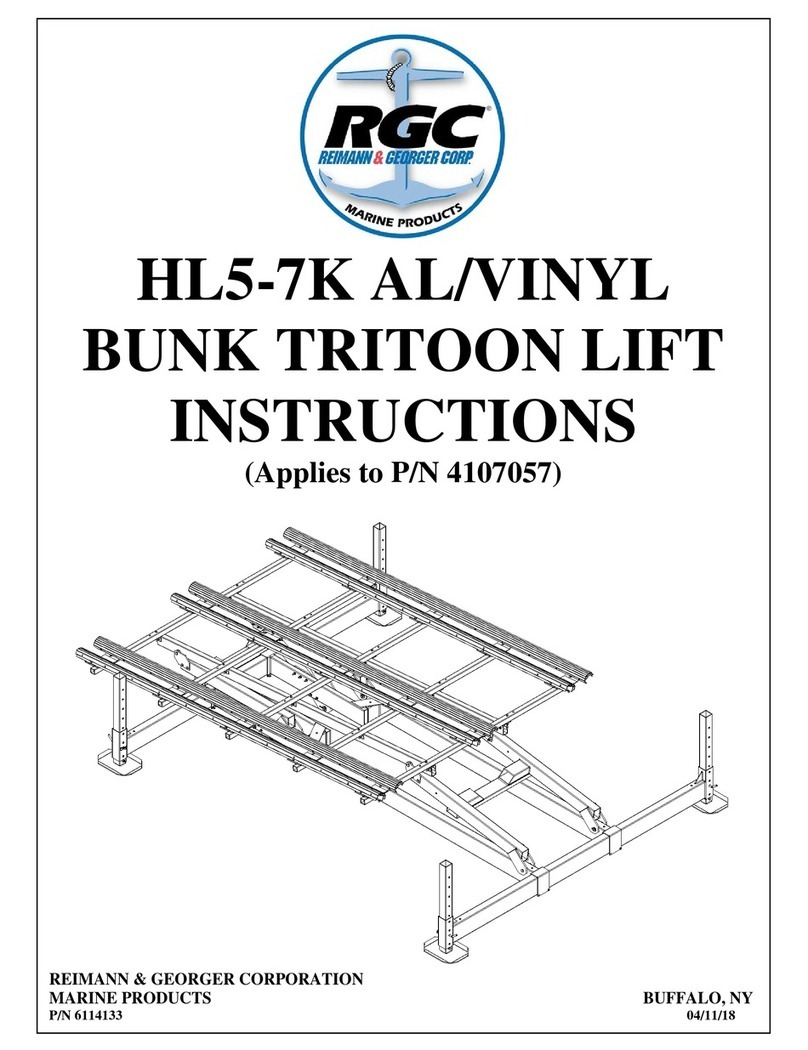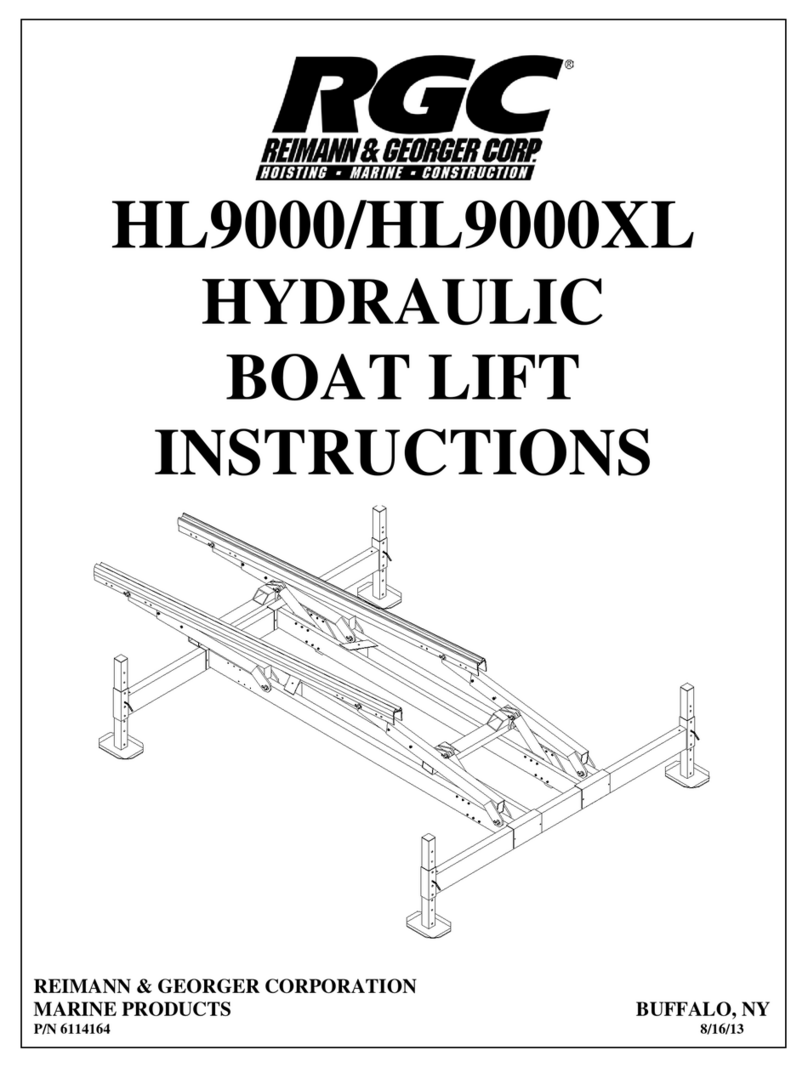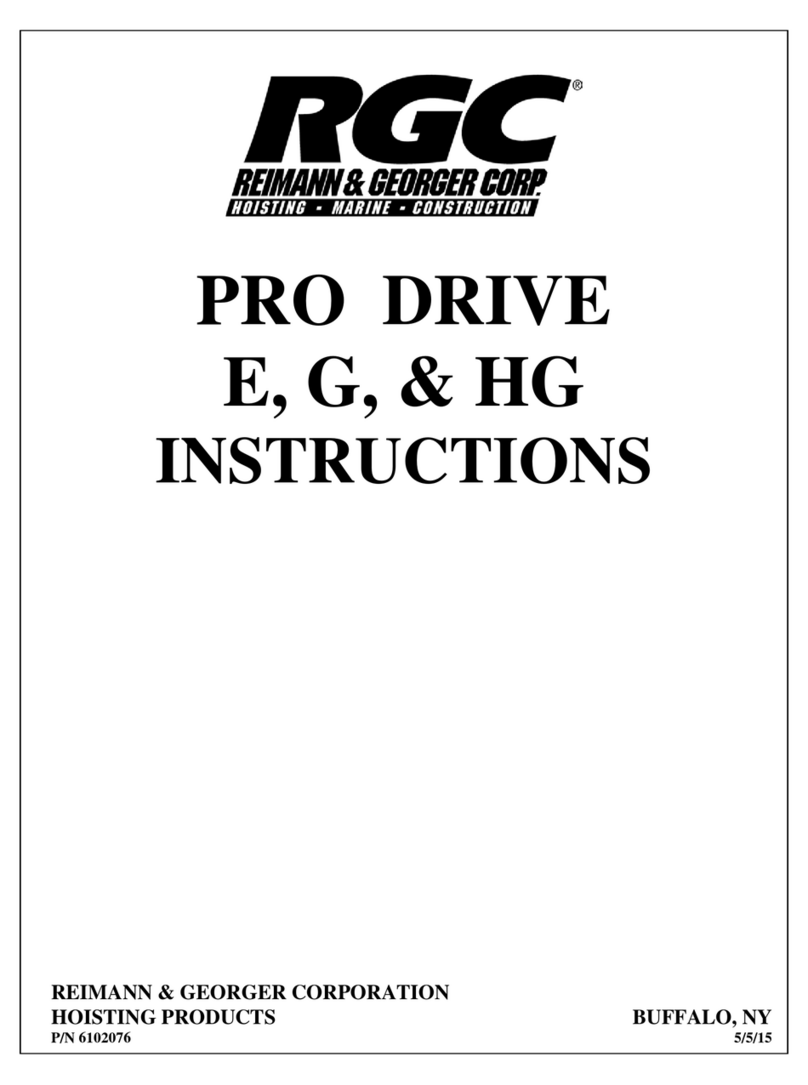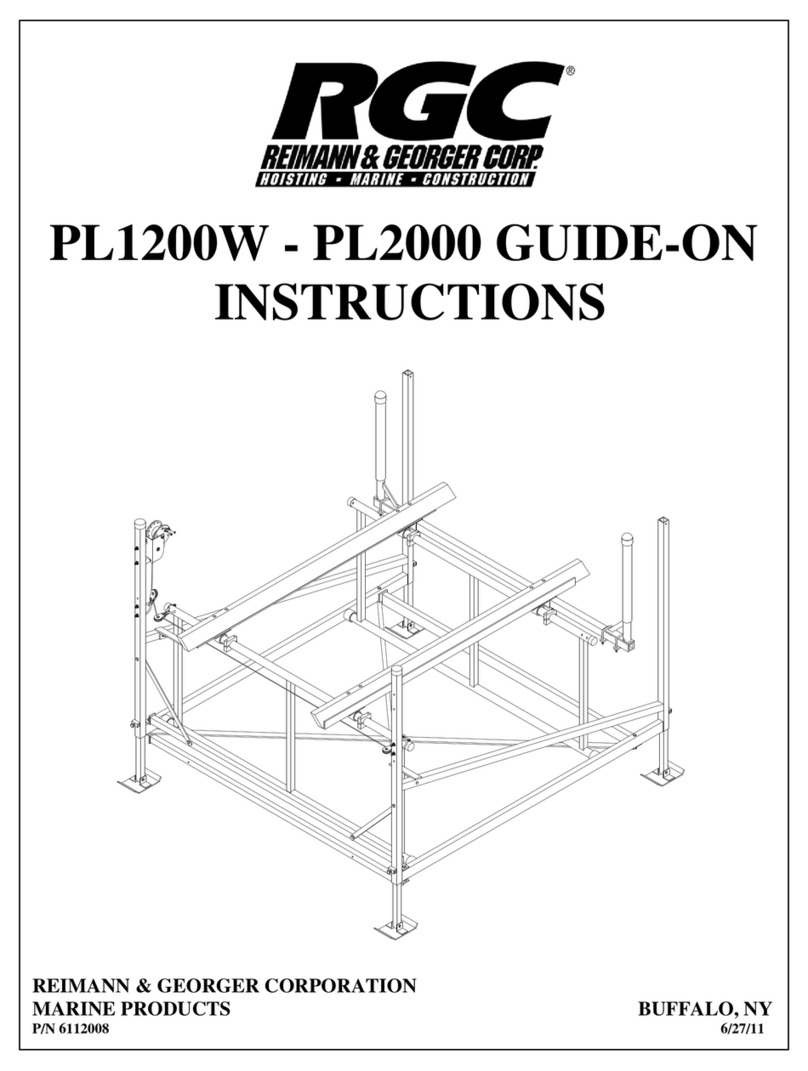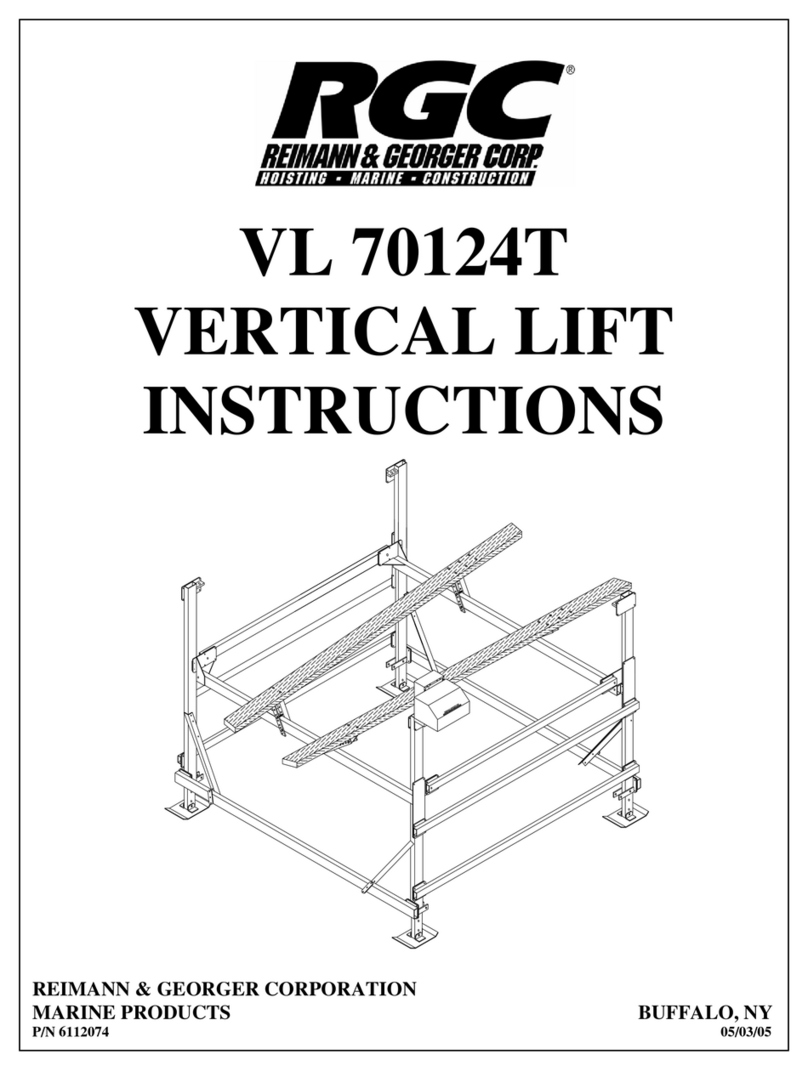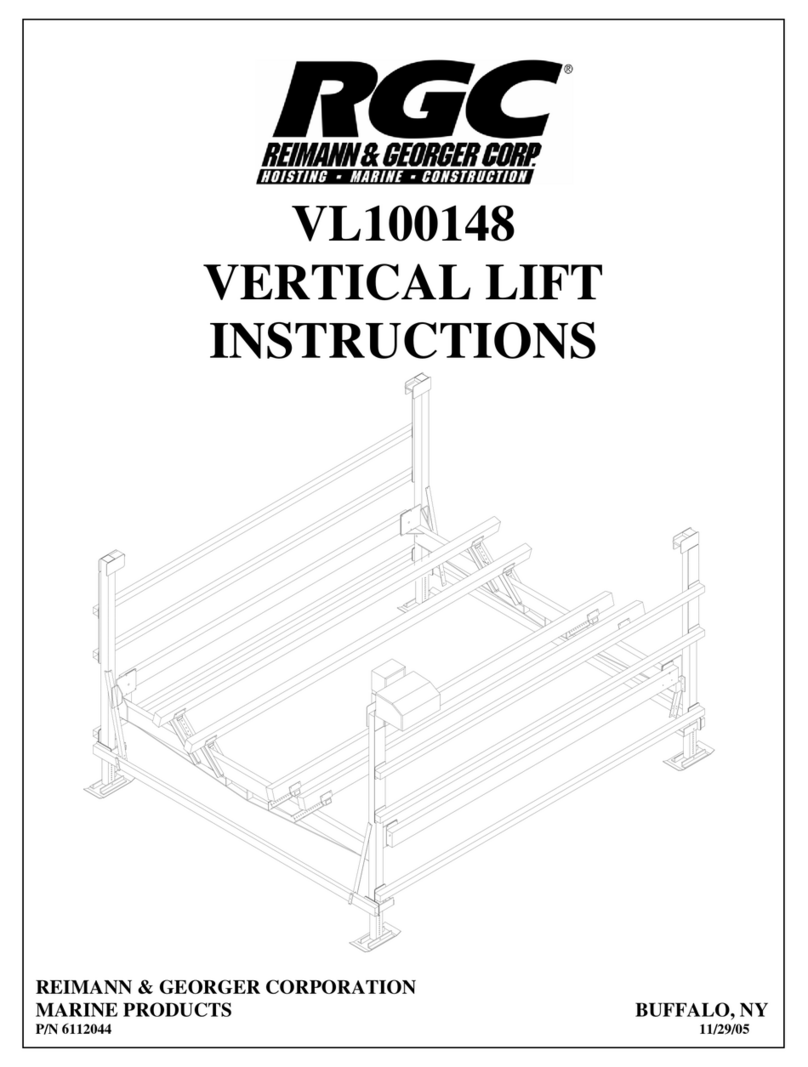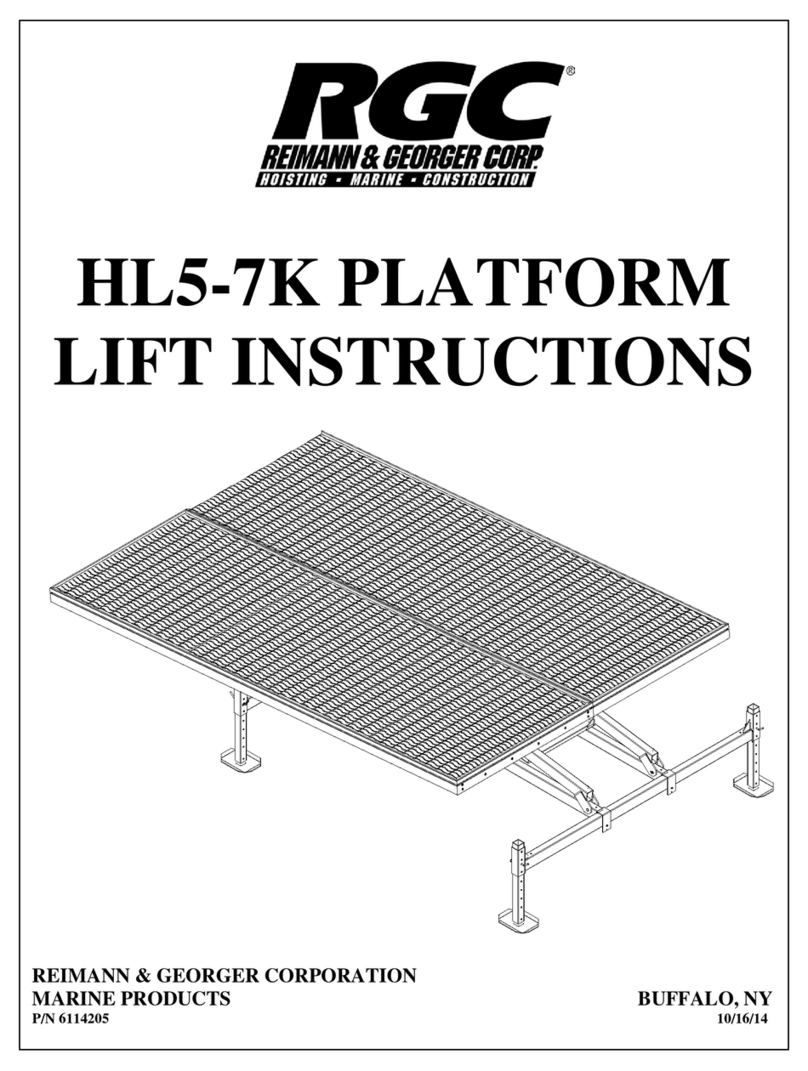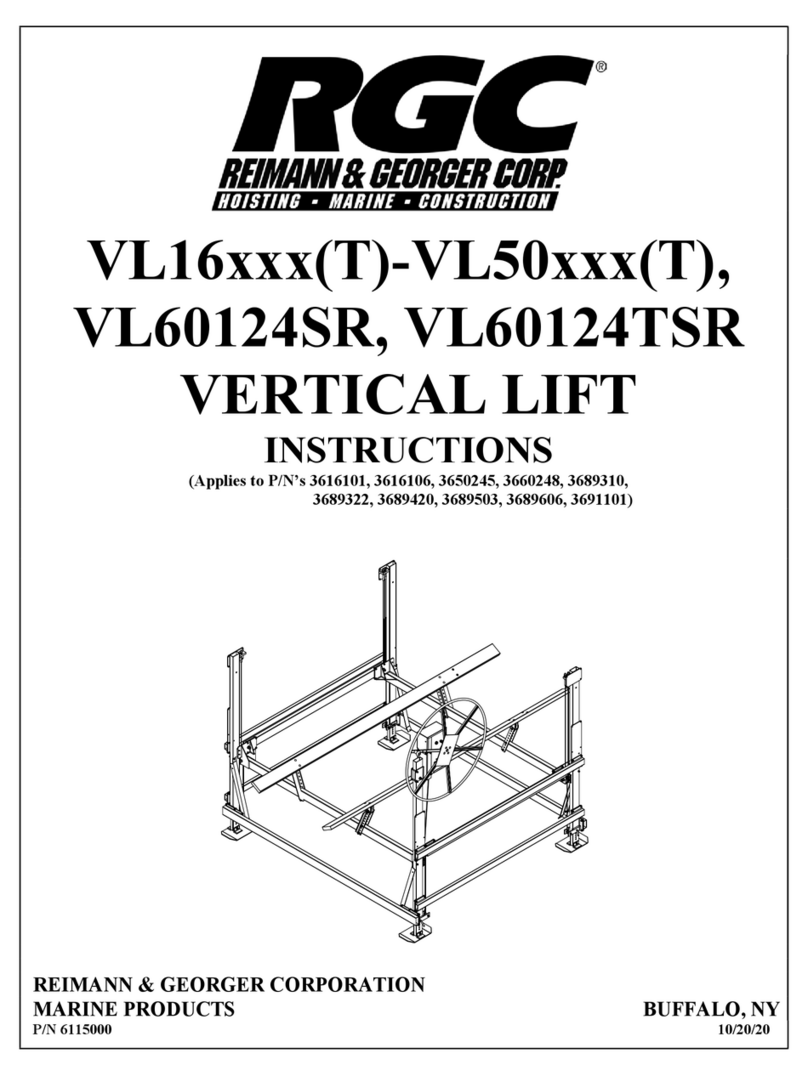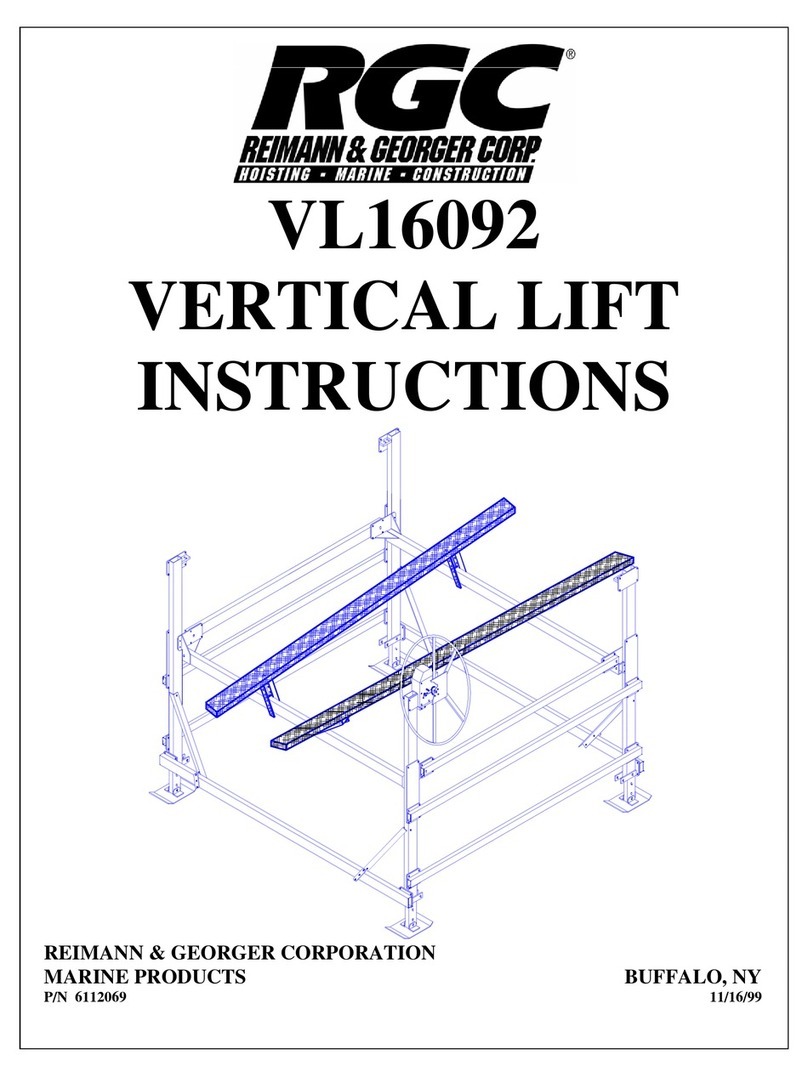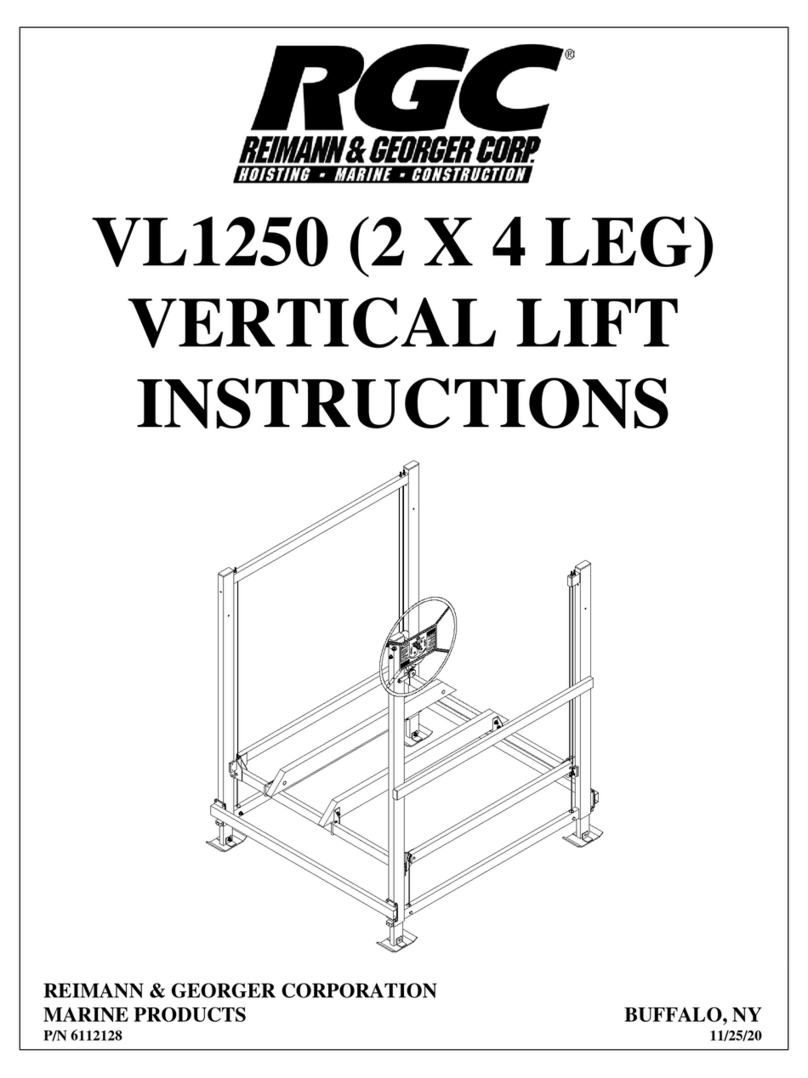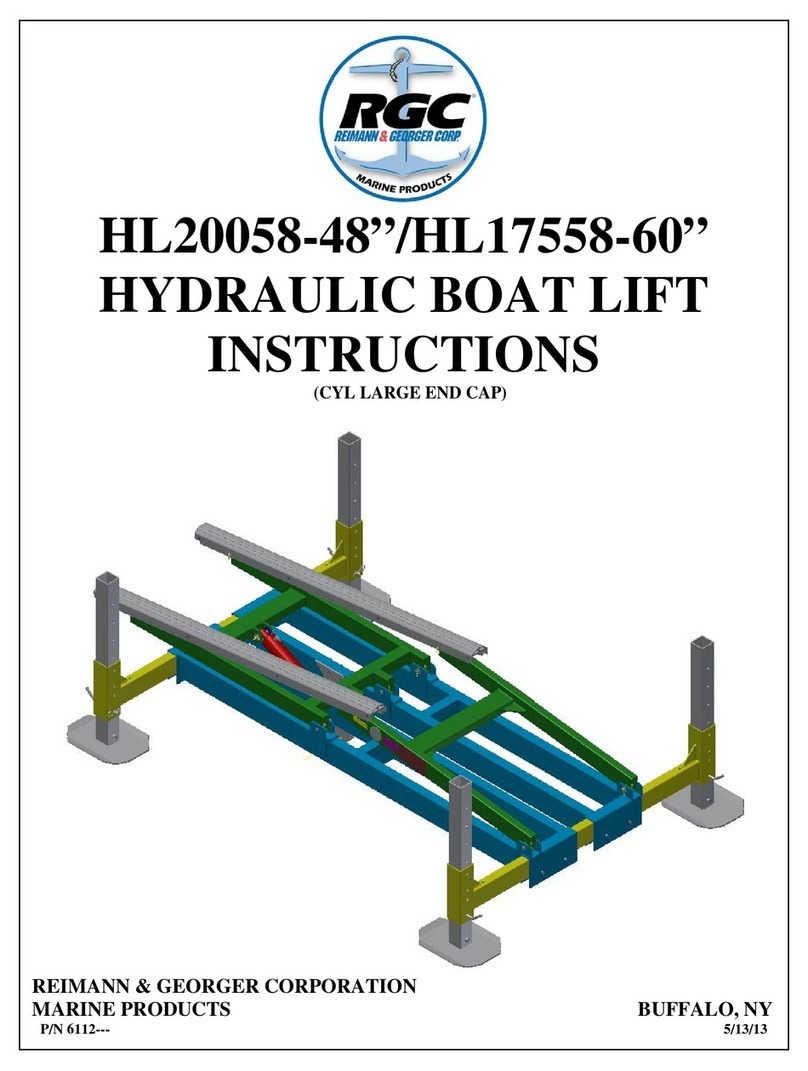
TABLE OF CONTENTS
CHAPTER TITLE PAGE
1 SAFETY ........................................................................................................................................1
1.1 Introduction ....................................................................................................................................1
1.2 Safety Definitions...........................................................................................................................1
1.3 Equipment Safety Labels................................................................................................................1
1.4 Equipment And Personnel Safety ..................................................................................................1
1.5 Installation Safety...........................................................................................................................2
1.6 Operating Safety.............................................................................................................................2
2 SPECIFICATIONS ......................................................................................................................3
2.1 Technical Data................................................................................................................................3
2.2 Nameplate and Serial Number Tag.................................................................................................3
2.3 Optional Equipment........................................................................................................................4
3 INSTALLATION AND SETUP ..................................................................................................5
3.1 Pre-Installation Checks...................................................................................................................5
3.2 Prior To Setup ................................................................................................................................5
3.3 Leg Pocket Assembly .....................................................................................................................6
3.4 Cylinder Support Assembly............................................................................................................7
3.5 Lifting Arm Installation..................................................................................................................8
3.6 Hose/Cylinder Assembly Installation..............................................................................................9
3.7 Main Frame and Leg Assembly.....................................................................................................10
3.8 Aluminum Bunk Assembly............................................................................................................10
3.9 Making Power Connections...........................................................................................................11
3.10 Operating Position.........................................................................................................................12
4 OPERATION...............................................................................................................................13
4.1 Before Operating The Lift .............................................................................................................13
4.2 Testing Lift Operation ...................................................................................................................13
4.3 Testing Lift Operation With Remotes............................................................................................14
4.4 Raising and Lowering the Boat......................................................................................................14
4.5 Securing Lift When Not In Use .....................................................................................................14
5 INSPECTION AND MAINTENANCE .....................................................................................15
5.1 General Maintenance Rules...........................................................................................................15
5.2 Battery Maintenance......................................................................................................................15
5.3 Remote Control Information..........................................................................................................16
5.4 Annual Inspection..........................................................................................................................16
5.5 Storage Procedure..........................................................................................................................17
5.6 Hydraulic System Flush.................................................................................................................17
6TROUBLESHOOTING..............................................................................................................19
7 PARTS LISTS..............................................................................................................................21
7.1 HL4K Hydraulic Boat Lift.............................................................................................................21
7.2 HL4KXL Hydraulic Boat Lift .......................................................................................................21
7.3 HL4K Bundle 1 of 2 (48”).............................................................................................................21
7.4 HL4KXL Bundle 1 of 2 (60”) .......................................................................................................21
7.5 HL4K Common Bundle #2............................................................................................................21
7.6 HL Extension Legs ........................................................................................................................22
7.7 HL3-4K Aluminum Bunk Bundle..................................................................................................22
7.8 HL4K Hydraulic Cylinders & CZP Hose Fittings .........................................................................22
7-9 HL4K Hydraulic Cylinders & SS Hose Fittings ............................................................................22
7.10 HL4K Hardware Carton of Parts ...................................................................................................22
RGC MARINE PRODUCTS PHONE: (716) 895-1156












